Treatment options and pricing
Browse and click below to book any of our available service.
Paediatric Osteopathy Follow-up Consultation
Included in the Paediatric Osteopathy Follow-up Consultation
In a follow-up paediatric osteopathy consultation, the practitioner will assess your child’s progress, address any changes or concerns, and adjust the treatment plan as needed to support your child’s musculoskeletal health and overall well-being.
Paediatric Osteopathy Initial Consultation
Included in the Paediatric Osteopathy Initial Consultation
During the initial consultation, you’ll meet with a specialised practitioner who will assess your child’s musculoskeletal health, discuss any concerns, and create a tailored treatment plan to promote their physical development and comfort.
Common Q&A about Paediatric Osteopathy
Our FAQ section is designed to address common questions you may have, from how our treatments work to what you can expect during and after your session.
Our team is always available to provide additional support if you need more personalised guidance, ensuring that you feel informed and confident every step of the way.
Paediatric osteopathy is a form of manual therapy that focuses on diagnosing and treating health conditions in babies, children, and adolescents. It involves gentle, hands-on techniques to support the musculoskeletal, nervous, and circulatory systems.
Paediatric osteopathy can help with a variety of conditions, including colic, reflux, sleep disturbances, feeding difficulties, musculoskeletal issues like torticollis (stiff neck), flat head syndrome (plagiocephaly), developmental delays, and recovery from birth trauma.
Paediatric osteopaths use gentle manipulation techniques to release tension, improve mobility, and promote healthy function in a child’s body. They aim to improve overall wellbeing by enhancing circulation, nerve function, and musculoskeletal alignment.
Yes, paediatric osteopathy is considered safe when performed by a qualified and experienced osteopath. The techniques used are extremely gentle and tailored to the specific needs of babies and children.
You might consider paediatric osteopathy if your baby or child is experiencing feeding difficulties, colic, reflux, sleep problems, or developmental issues. It can also be beneficial after a difficult birth or if your child has sustained an injury affecting their movement or posture.
During a session, the osteopath will take a detailed medical history, assess your child’s posture, movement, and physical condition, and use gentle hands-on techniques to release tension or correct imbalances. Parents are usually present during the treatment.
The number of sessions varies depending on the condition being treated. Some children may benefit from just a few sessions, while others with more complex issues may require longer-term treatment.
Paediatric osteopaths are qualified osteopaths who have completed additional training in treating infants, children, and adolescents. They are registered with professional bodies such as the General Osteopathic Council (GOsC) in the UK, and they often undergo specialized paediatric courses.
This depends on your health insurance provider and plan. Some insurance policies cover osteopathic treatments, particularly if they are recommended by a doctor. It’s best to check with your provider for details.
Look for a licensed osteopath with specialized training and experience in paediatric care. They should be registered with a relevant professional body and have positive reviews or recommendations. Ask about their experience with children’s health issues similar to your child’s condition.



